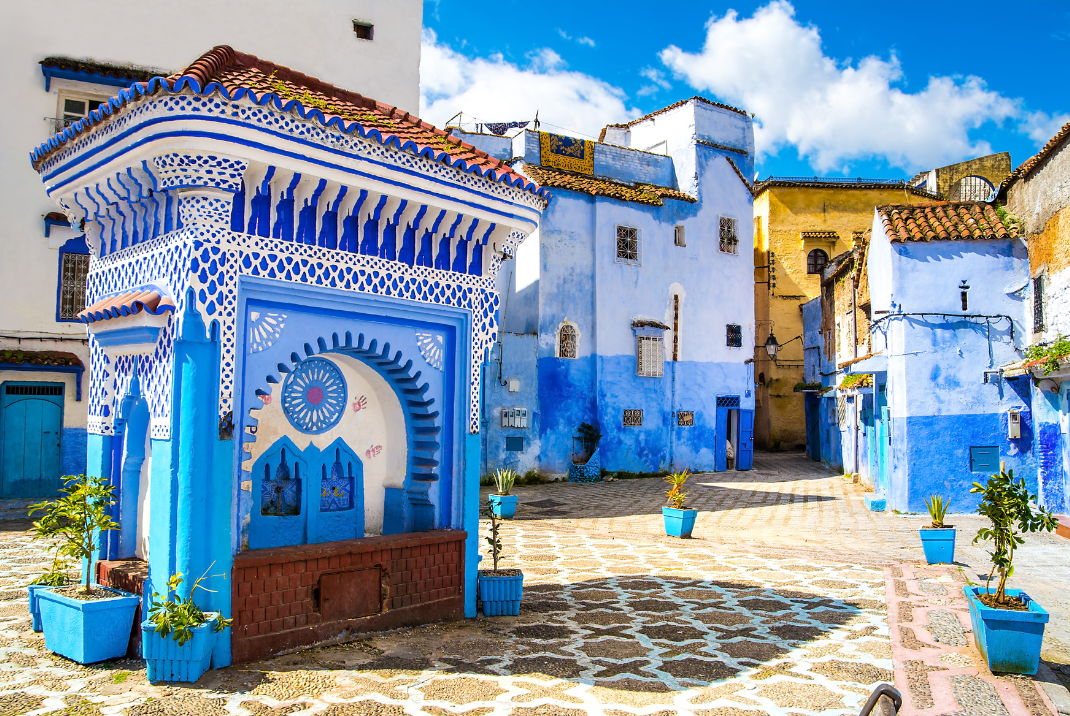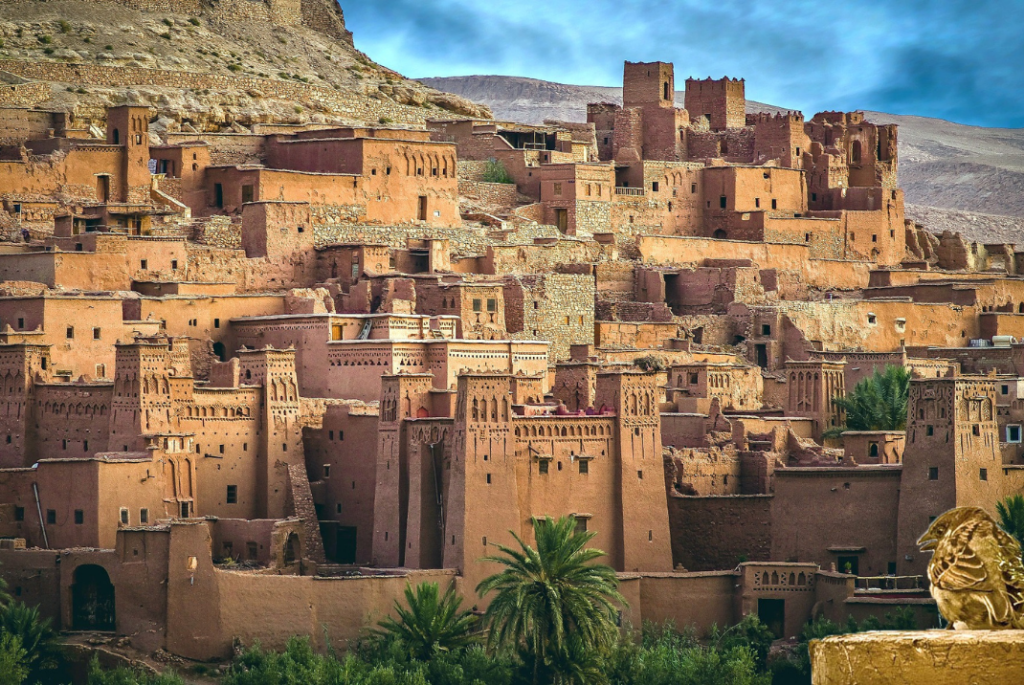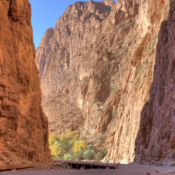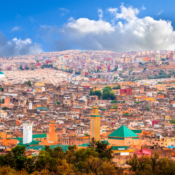
UNESCO Sites in Morocco: Explore the Treasures of a Rich Cultural Legacy
Morocco is a country brimming with rich history, stunning landscapes, and vibrant culture. Its UNESCO Sites in Morocco showcase the diverse heritage of the nation, reflecting its mix of Berber, Arab, and European influences. From the vibrant cities to the timeless desert landscapes, these sites offer a deep dive into Morocco’s cultural, architectural, and natural treasures. Here’s a guide to the UNESCO Sites in Morocco, each one a testament to the country’s fascinating past.
Table of Contents
1. Medina of Fez (1981)
The Medina of Fez is one of the most iconic and well-preserved medieval cities in the world. As Morocco’s spiritual and cultural center, Fez is home to ancient madrasas (Islamic schools), mosques, and souks (markets). The city’s intricate network of narrow alleyways, artisan workshops, and historic buildings gives visitors a glimpse into Morocco’s rich past.
The Al-Qarawiyyin University, founded in 859, is considered one of the oldest continuously operating degree-granting universities in the world. Visiting Fez is like stepping back in time, where history and modern life coexist harmoniously. Don’t miss the Bou Inania Madrasa, a stunning example of Moroccan architecture, or the Chouara Tannery, where leather has been dyed using traditional methods for centuries.
2. Ait Benhaddou (1987) -UNESCO Sites in Morocco
Located in the Atlas Mountains, Ait Benhaddou is a fortified village known for its spectacular kasbahs made from mudbrick. This UNESCO site is famous for its appearances in many Hollywood movies, including Gladiator and Game of Thrones.
The ksar, a collection of earthen buildings surrounded by high defensive walls, exemplifies the traditional construction techniques of the region. Its dramatic location in the desert landscape makes it one of the most photographed UNESCO Sites in Morocco. A visit to Ait Benhaddou offers a unique insight into Morocco’s architectural heritage and its role in the film industry.

3. Medina of Marrakesh (1985)
Marrakesh, one of Morocco’s most famous cities, is a blend of ancient traditions and modern attractions. Its Medina is a maze of vibrant souks, historical palaces, and beautiful gardens, all enclosed by massive red walls.
The Jemaa el-Fnaa square is the heart of the city, bustling with street performers, food stalls, and snake charmers. The Koutoubia Mosque and the Bahia Palace are just some of the many landmarks in the Medina. Marrakesh’s rich history as a former imperial city and its vibrant present-day culture make it a must-visit destination among the UNESCO Sites in Morocco.
4. Volubilis (1997)
Volubilis is an ancient Roman city located near Meknes. The site is known for its well-preserved ruins, including spectacular mosaics, triumphal arches, and columns that showcase the grandeur of Roman engineering and design.
Volubilis was once a thriving city, serving as an important administrative center in the Roman Empire. Today, it provides visitors with a fascinating glimpse into Morocco’s ancient past and its connection to the broader Mediterranean world. Its location, nestled between the Rif Mountains and the plains of Meknes, offers a stunning backdrop to the ruins.
5. Archaeological Site of Thamusida (2009)
Thamusida, an ancient Roman settlement, lies on the Atlantic coast of Morocco. The site includes ruins of an ancient city, a military fort, and a well-preserved Roman theater.
It offers visitors a unique insight into Morocco’s Roman period, showcasing the interaction between indigenous Berber tribes and Roman settlers. The city’s strategic position made it an important part of the Roman Empire’s North African territory. Exploring Thamusida allows you to walk through a piece of history that has been largely untouched by time.
6. Medina of Tétouan (2015)
The Medina of Tétouan, located in the northern region of Morocco, is a stunning example of Andalusian culture. Its whitewashed buildings, narrow streets, and intricate woodwork reflect the Moorish influence that has shaped the city’s architecture.
As a former Spanish protectorate, Tétouan blends North African and European traditions, making it a unique cultural fusion. The city’s medina is a UNESCO World Heritage site because of its preservation of both its historic architecture and vibrant cultural heritage.
7. Rabat, Modern Capital and Historic City (2012)
Rabat, Morocco’s capital, combines modernity with a deep historical past. The city has a mix of colonial-era architecture, ancient ruins, and modern buildings.
The Kasbah of the Udayas, the Hassan Tower, and the Royal Palace are some of the city’s most famous landmarks. Rabat’s inclusion as a UNESCO World Heritage site emphasizes its importance as a cultural and political center in Morocco, and its peaceful ambiance makes it a wonderful place to explore Morocco’s history and culture.
8. The Ksar of Taourirt (1987)
Located near Ouarzazate, the Ksar of Taourirt is an architectural gem that demonstrates the skill and artistry of traditional Moroccan construction. The ksar, or fortified village, is a complex of buildings, courtyards, and watchtowers, designed to protect the inhabitants and their goods from invaders.
It is an excellent example of the fortified dwellings built by Berber tribes in southern Morocco. Visitors to the Taourirt Ksar can explore its intricate architecture and imagine life in a time when the kasbahs served as both homes and strongholds.
9. Ifrane (2013)
Known as “Little Switzerland” for its alpine architecture and lush, green landscapes, Ifrane is a charming town located in the Middle Atlas Mountains. The town is famous for its European-style architecture and scenic beauty.
Though Ifrane is not a traditional UNESCO World Heritage site, it is often visited by those interested in exploring a different side of Morocco’s natural landscape. Its national parks, lakes, and wildlife, including Barbary apes, make it a wonderful destination for nature lovers.
10. The Tadrart Acacus (1985)
The Tadrart Acacus, a mountain range located in the Sahara Desert, is renowned for its prehistoric rock art. The site features thousands of ancient paintings and carvings depicting animals, human figures, and scenes of daily life.
The art, which dates back as far as 12,000 years, offers an incredible insight into the ancient cultures that once inhabited this desert region. Visitors to the Tadrart Acacus can explore the awe-inspiring desert landscapes while appreciating the rich cultural heritage preserved in the rock art.
Final Thoughts: Step into Morocco’s Timeless Legacy
Morocco’s UNESCO World Heritage Sites are more than just destinations—they’re gateways to a world where history, culture, and natural beauty intertwine. From the ancient medinas of Fez and Marrakesh to the Roman ruins of Volubilis and the cinematic kasbahs of Ait Benhaddou, each site tells a story that has shaped Morocco’s identity.
These treasures are not just relics of the past; they’re living, breathing testaments to the resilience and creativity of the Moroccan people. Whether you’re a history buff, a culture enthusiast, or simply a curious traveler, exploring these sites will leave you with memories that last a lifetime.
So, pack your bags and get ready to discover the magic of Morocco’s UNESCO gems. Your adventure into the heart of this captivating country starts here!
Your Trusted Moroccan Ambassadors: Contact Us for Expert Tips & Unforgettable Experiences!
We’re here to guide you every step of the way, offering insider advice and personalized tips to help you explore Morocco like a local. Whether you need travel recommendations, cultural insights, or practical advice, consider us your go-to resource for an unforgettable Moroccan adventure!
WhatsApp: +212694525668
Email: [email protected]
Website: www.deserttrailadventures.com
Morocco’s UNESCO World Heritage Sites




